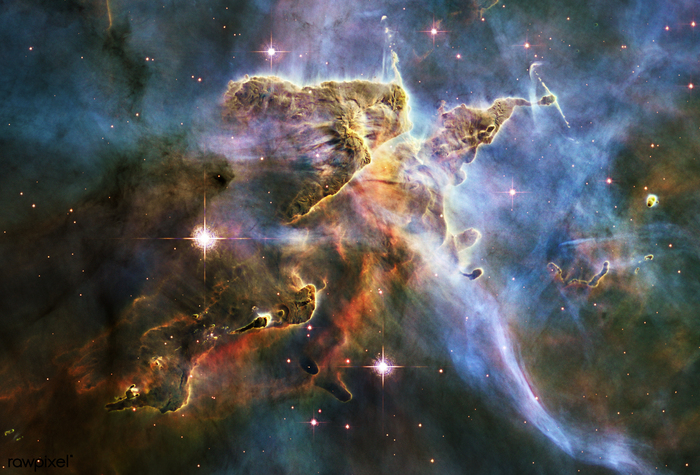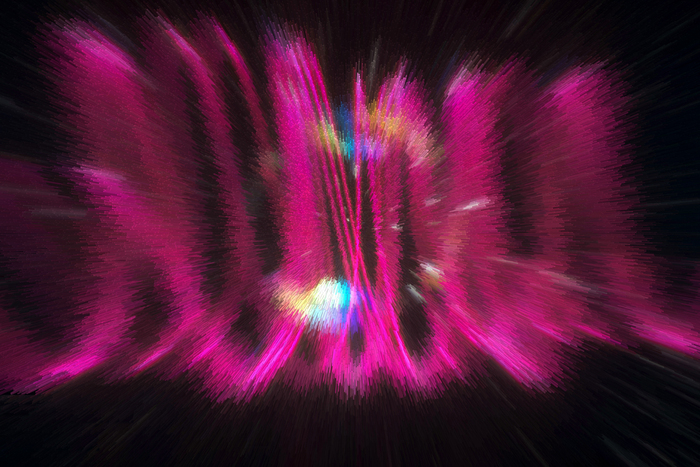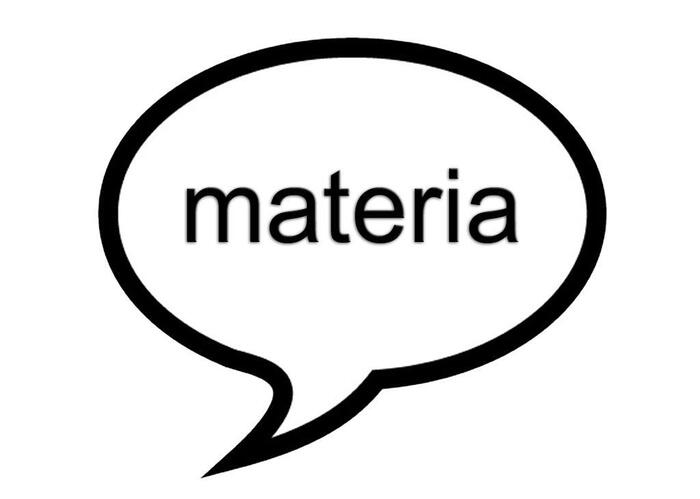Enlarge image
Muon experiment muon-g-2 at Fermilab in Chicago
Photo: Cindy Arnold / Fermilab
The particle physicist community looked to Chicago with excitement yesterday evening.
There, at the Fermilab, the first results of an experiment that the scientists had been waiting for for 20 years were presented.
It was about nothing less than the principles of particle physics.
The standard model of elementary particles has been considered a blueprint on the smallest level for decades.
It shows how particles such as electrons and protons are related to each other and how they behave.
This model was expanded for the last time in 2012, when the experimental proof of the Higgs boson was achieved at the Cern nuclear research center, the last missing component.
Since then, the standard model has been repeatedly confirmed in calculations.
But there were discrepancies in an experiment in 2001 at Brookhaven National Laboratory in New York State.
If these were confirmed in a more precise experiment with a gigantic magnetic ring at the Fermilab in Chicago, there could be indications of previously unknown physical forces.
For this purpose, the magnetic ring with a diameter of 14 meters was even transported from the east coast of the USA to the Fermilab in 2013.
And in fact, the evidence has now condensed, reports the research collaboration of around 200 scientists on Wednesday.
For the muon-g-2 experiment, they worked with muons; these volatile particles have the same properties as electrons, but they are much heavier.
Muons have been known for a long time and also occur in nature when cosmic rays hit the earth's atmosphere.
The particle accelerators at Fermilab produced them in large numbers.
In the experiment, the muons were fed into the 50-ton ring and exposed to a very uniform magnetic field.
Based on their gyroscopic movements as a result of the magnetic force, the researchers were able to read whether they behaved exactly as predicted by the standard model or just a little different (read more here).
In fact, the muon spin, the so-called Landé factor, deviated from the prediction by 0.1 percent.
In addition, the values measured in the Brookhaven laboratory agree with the current ones and thus confirm the results from 2001.
It's still too early to celebrate a new physics.
The statements that can be made with the two experiments are not yet strong enough.
But the results can provide an indication that the deviations could be due to particles or forces that are not yet known to the experts.
The measurements at the Fermilab should continue.
In addition, the researchers will probably need another one to two years to evaluate the results more thoroughly, so far only around six percent of the data have been analyzed.
But the scientists are already excited.
"This is an exciting time for particle physics research," a statement quoted from Joe Lykken, Fermilab's assistant director of research.
"Deciphering the subtle behavior of muons is a remarkable achievement that will guide the search for physics beyond the Standard Model for years to come," says Lykken.
joe









